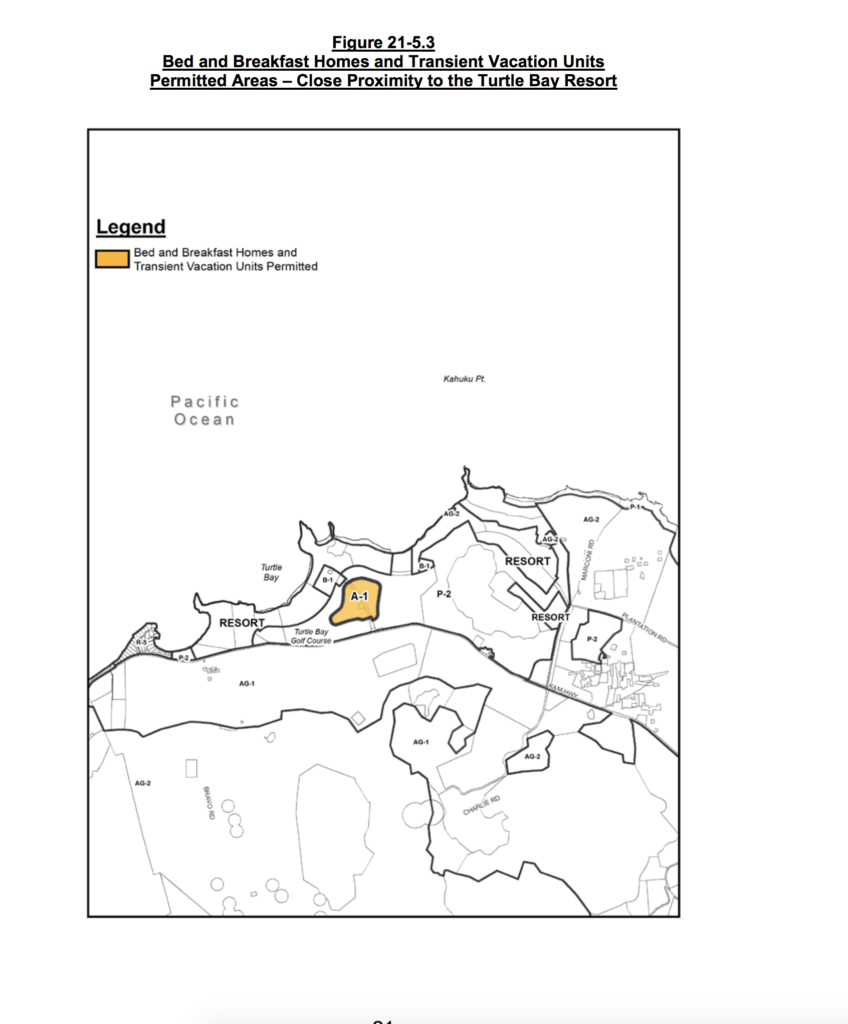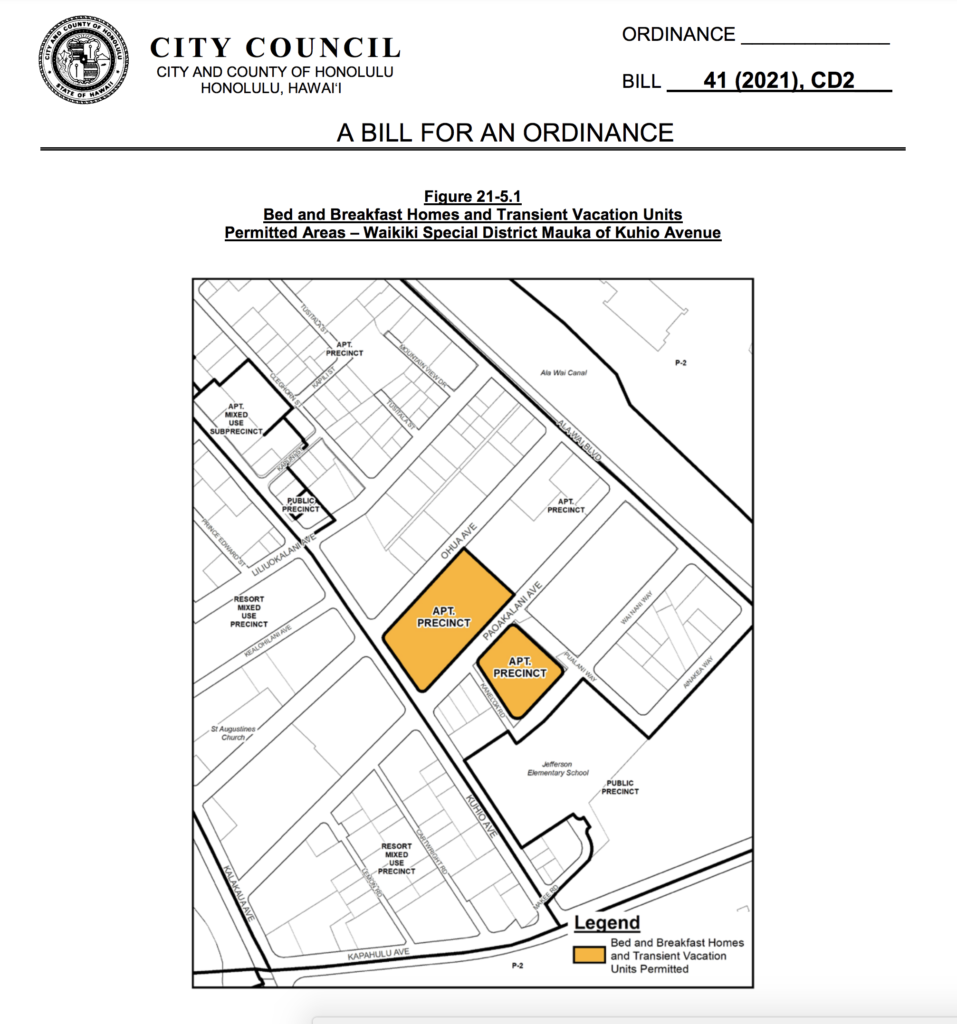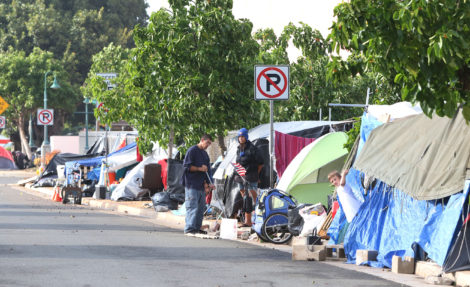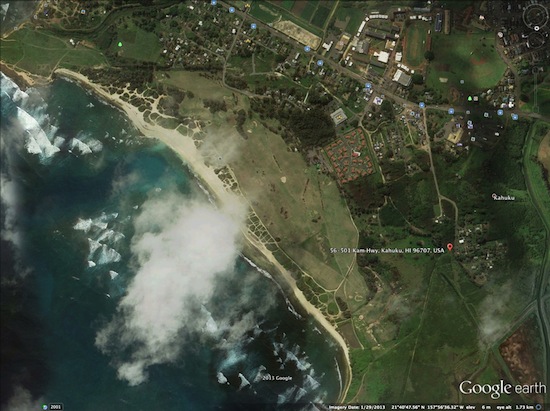In a world of Tic Tok and Instagram 30 seconds soundbites, here are some more reading for those of you who are interested in more information for this Elections.
Im sharing a few excerpts from various printed sources. Choon James for Mayor.

COMMUNITY ORGANIZATIONS/PRIOR OFFICES HELD
Oahu General Plan Working Group; Hawaii2050 Working Group; Koolauloa Sustainable Communities Advisory Planning Committee; Hospital board member; Defend Oahu Coalition–Keep the Country Country; Laniloa Point Community Association, president; Laie Community Association Board; BYU-Hawaii Alumni Association, president; BYU-Provo Alumni Board; Save Oahu Farmlands Alliance; Redhill Water Alliance; Hawaii’s Thousand Friends; Sierra Club; Amnesty International Freedom, writer; Olelo Community Media; CountryTalkStory.com; Friends of South Pass City; International Relief Society Women’s Organization; Young Women Group; Children’s Primary Organization, president; Aloha Council BSA, merit badge counselor; pro bono real estate advisor; immigrants volunteer tutor.
1. What’s the biggest issue facing the City and County of Honolulu and what will you do about it?
Oahu has an oligarchy that holds the power, money, opportunities and decision-making. Too many decisions are made against local residents’ best interests.
Residents are frustrated with the disconnect at City Hall. Property taxes escalated exponentially. Rail costs are out of control. Residents work two to three jobs. Seniors work to survive. Businesses and communities do not feel safe. I’m from Singapore and I know what a safe, clean, beautiful, efficient and thriving city is.
City Hall cannot be managed by social media narratives that the oligarchy wants us to hear.

3. In Hawaii, the term affordable housing has lost its meaning. What would you do to help people buy homes or move into rental units?
Change begins with questioning. How many billions of dollars has Oahu received from the federal, state, county and private funding for the past 10 years?
Is Oahu obligated to provide “housing” for every resident who comes here?
What is the definition of a “Hawaii resident”?
How “affordable” is “affordable”?
Short-term “bandage job” or long-term planning for housing?
Why is the “affordable” Kokua Hale building struggling to get renters in Chinatown?
The “Singapore Housing Model” is often quoted by politicians in Hawaii. Singapore has a Central Provident Fund for Education, Health and Housing. All employees pay into this fund. The Singapore government invests this fund and pays positive annual dividends.
Note that Singapore does not have lobbyists or developers or unions as their middleman in its housing agenda.
There is no one magic bullet to “affordable” housing. This is a worldwide problem. Oahu competes with international and out-of-state rich investors due to the U.S. Constitution.
I’ve been in residential real estate for over 30 years. There are preparations needed for qualifications into homeownership or rentals.
“Putting residents first” also means local building. Financial and real estate industries have first opportunities, not out of state, to help Oahu’s housing needs.

5. What should be the future of the Honolulu rail project? How do you to resolve this seemingly endless drain on public money and continuing delays? Should the line continue to Ala Moana as originally planned and how will you keep operating costs under control?
I’m from Singapore and appreciate its efficient rapid transit and related multi-modal transportation.
Rail needs a major re-assessment. As mayor, I will gather all stakeholders back to the roundtable. Independent contracts, legal, cost-analysis, engineering, budget experts and others will be invited. The public will have its say.
There are no sacred cows. No hiding behind or blaming FTA. I have zero donations from lobbyists or PACs. I can be 100% independent.
No managing Skyline through public relations handlers and insulting the public intelligence.
Natalie Iwasa, CPA and certified fraud examiner, and I have been at this for decades. We know what’s going on.
One tragic part of this boondoggle is Oahu can develop “transit-oriented developments” (TOD) without this fiscal black hole.
The city can create “special districts” for developments. Our local construction and building industries can benefit more without this financial albatross and without losing contracts to foreign players.
Oahu cares about climate crisis issues. But the inconvenient information — portions of the route from Middle Street to Ala Moana Center are in the Honolulu sea level rise inundation zone — is ignored. Why?
Oahu needs transformative leadership for our residents first. Our children must not suffer for our mistakes. Let’s work together.

What should be done to improve policing and police accountability in Honolulu? Should oversight of the police department be strengthened or reformed?
We love our HPD and other emergency personnel. We cannot pay them and their families enough for their public service. These warriors put their life on the line for public tranquility and peace for our communities. They deserve gratitude and respect.
We want our HPD and other emergency personnel to return home in peace each time they step out of their door.
We must provide them with all the resources and training needed. There can be bad apples in every organization. We must deal fairly and legally with alleged wrongdoing with the Police Commission and SHOPO. We all want to protect and safeguard the public trust in these institutions. No corruption can be tolerated.
Oversight and reform is a constant. We must always assess and improve.
This includes working with the prosecution side. The revolving door between crime, arrest and release is frustrating the public and HPD to no end.
Additionally, we must always focus on root causes of crime and other unrest for preventative measures. Residents, businesses and visitors deserve a safe environment. We must all work together to ensure a safe, prosperous and thriving Oahu. We can.

It’s becoming increasingly difficult to fill vacancies on the police department, the parks department and in many other city agencies. The city is struggling to provide basic services. What would you do to solve this problem and attract qualified people to fill essential services?
I’ve been advocating for public interest at Honolulu Hale for over 20 years.
This “vacancies” angst has been a constant concern all this time. On the other hand, residents say they don’t get a response or they can’t seem to get an interview.
It’s our 10,000 workers who keep the city in operation. The mayor provides the direction and culture. The mayor could be on vacation and not be missed.
I will always be respectful of all our city employees. I will always support them in their efforts to make Oahu a safe and efficient place. My door will always be open to their ideas and concerns.
The pay and benefits package is a big consideration. The culture and working conditions are also important.
Over $712 million is earmarked for the Honolulu rail this Fiscal 2025. Imagine when we can contain the rail costs and take care of our employees better.

























 (This is a similar style attap house but minus the vehicle. We had no cars.)
(This is a similar style attap house but minus the vehicle. We had no cars.) (This building has always been well maintained. The elevator shaft is a new addition. This is at least 45 years old.)
(This building has always been well maintained. The elevator shaft is a new addition. This is at least 45 years old.)






